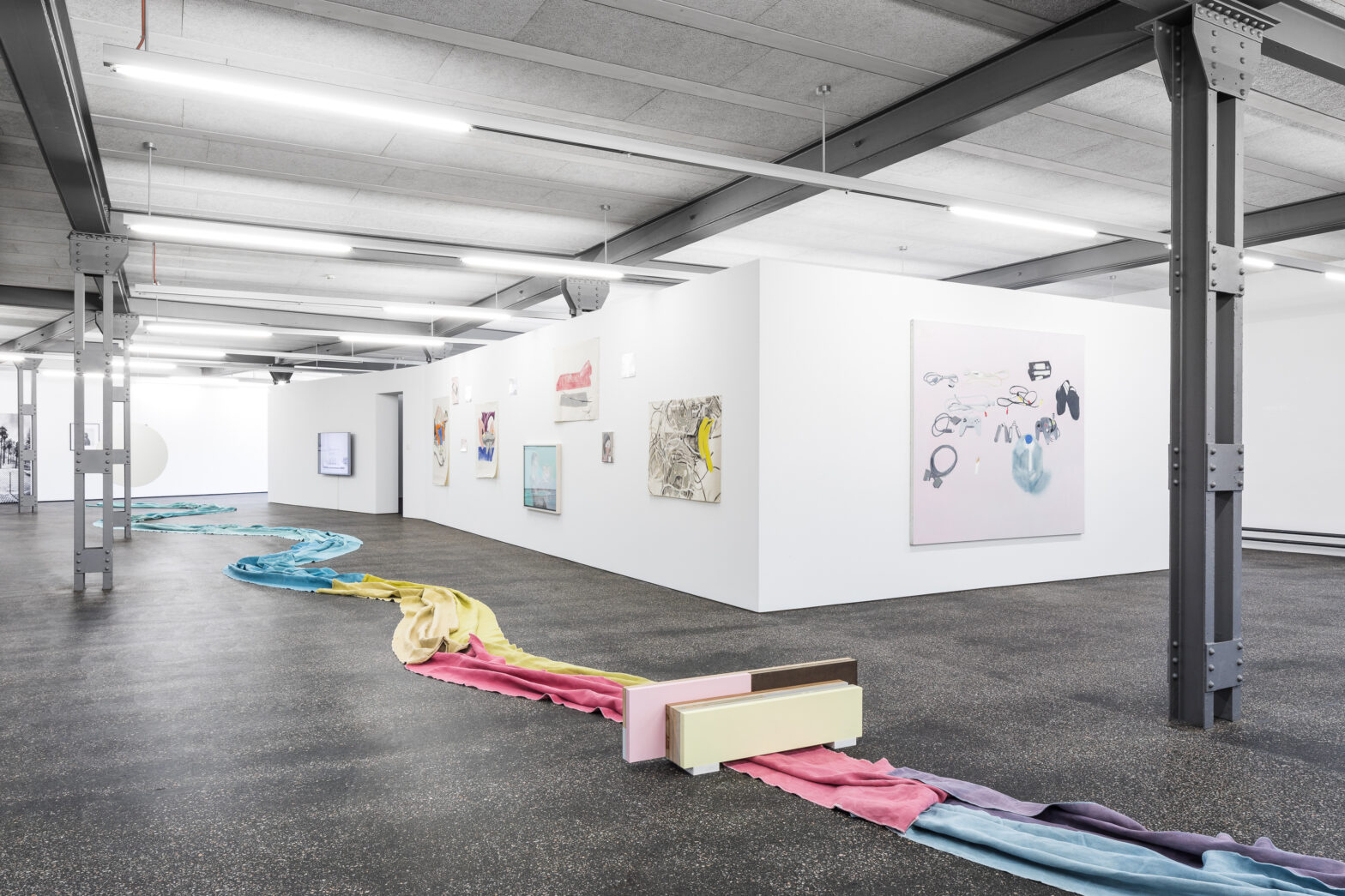The game is both a seismograph and a source of inspiration. Each time has its own game, each game has its own time – consider chess, Monopoly or card games. For over forty years now, a part of the human population (currently some 1.3 to 1.8 billion people worldwide, depending on the source) has been playing video games on a regular basis. Even those who don’t count among these billions are compelled by gamification to “improve” their lifestyle with the help of playful apps. Work and leisure time are thereby equally affected. The exhibition A Game Played Well. Man and His Avatar examines the relationship between players and characters against this backdrop. It attempts to understand the relationship between reality and virtuality – virtuality has always been created in games through imagination.
Video games offer an ever-increasing amount of interactivity in virtual realities. This immersion leads to a so-called flow state, which assumes a new quality in the hybrid medium of the game. By merging one’s own abilities with those of an avatar, a new game character is created. From the edges of reality, the game to a certain extent becomes reality itself – and vice versa. What consequences does this have for the game? And for the perception of “reality” in relation to the game world? Since the game and playing is an innovation driver of digitization, we live in a gamified society. Some thinkers have even heralded the Ludic Century. But can we still avoid the imperatives of “Be creative!” and “Be innovative!” in the gamified world? How can we “play good” and use the game for criticism, for the carnivalesque and for poetry? We should embrace the gamespace and become conscious of the reality of the game. Only those can play well who reflect on the relationship between the avatar and the self, and who acknowledge the virtual game world as potentially real and impactful.
And what does art say about all of this? In the 1920s, chess became the game of the artistic avant-garde, in large part thanks to Marcel Duchamp, whose almost saw himself as more of a chess player than an artist. Forty years later, games – be they chess, ping-pong, language games or pinball machines – were once again en vogue for Fluxus, Happening and Performance Art. In short, for avant-garde movements in which art and life were closely interwoven, and which stood out with their criticism of prevailing hierarchies. The game format seemed to be well suited for this activity. In the 1990s artists also began to reflect on digital game worlds, leading to lively exhibition activity in the area of Game Art. During this pioneering phase, artists developed alternatives to commercial games and challenged their interfaces. Beyond the realm of Game Art, Vanessa Beecroft, for example, used the game in her controversial performances to turn women into play figures (starting in 1994), while Carsten Höller had people ride down his slides (starting in 2006). With her installation “NOW I WON” at Art Basel in 2017, Claudia Comte invited visitors to play bowling and miniature golf. Perhaps this says more about the art business than about other parts of society.
The exhibition A Game Played Well presents 13 works by Swiss and international artists that use narrative video games, games of chance, roleplay and boxing as their point of departure. In doing so, they also address fundamental issues of humanity. One such example is death, which might be the only difference between game and reality, even if it were to become a marginal end point within the next two centuries should our lives ever last hundreds of years. When, in “Discover Chilliad” Fernando Villela’s avatar shoots himself at the end of a quest in the landscape of Grand Theft Auto (GTA), we are shocked and appalled. Of course, he’ll be reborn seconds later, but we don’t see it.
Gender issues are a virulent topic in video games and in other games as well. Not only are these issues present in works that explicitly criticize female stereotypes in games (for instance in the work of Shusha Niederberger), but also through the absence of female characters in games and in Game Art.
Violence, war and the notion of the enemy are intrinsic to games, which are ultimately always about winning. Joseph DeLappe and Thibault Brunet make insightful contributions to this topic, going far beyond the familiar pedagogical discussions concerning the absurdity of violent games and their one-dimensional enemy depictions.
Approaches for connecting with a game world and making a difference within it can be found in the works of Alan Butler and Remo Stoller, among others. With his in-game photography in GTA, Butler pursues a documentary approach, while Stoller grants us a view of his self-made game world through the site-specific installation “Brücke und Fluss” (Eng: “Bridge and River”).
Last but not least, it can also be enlightening to understand games like dreams: as mediated spaces in which the unconscious becomes apparent and the role of another (self) can be assumed.
